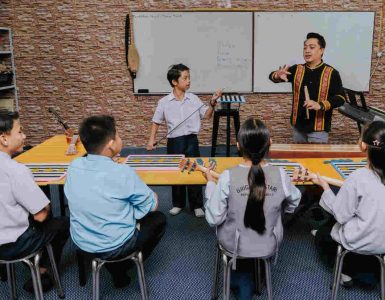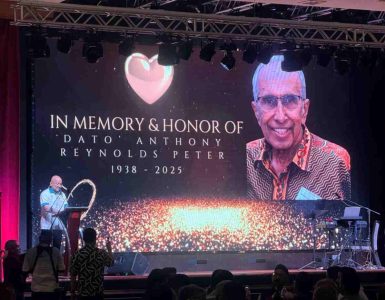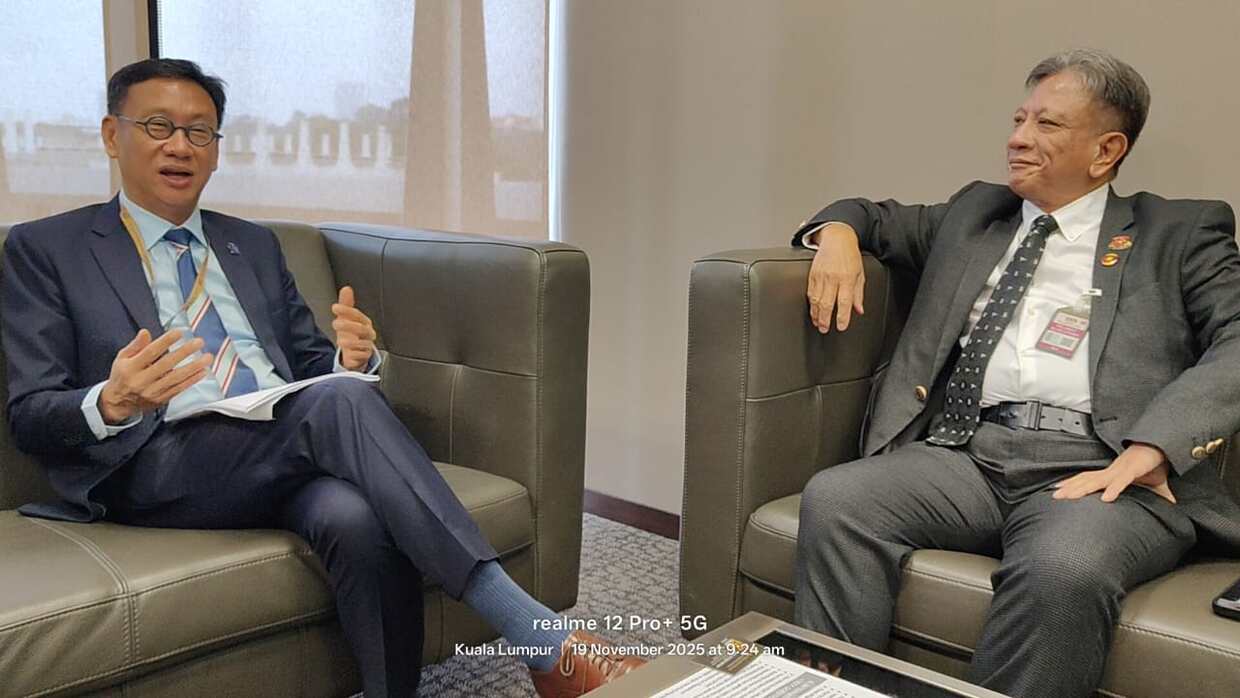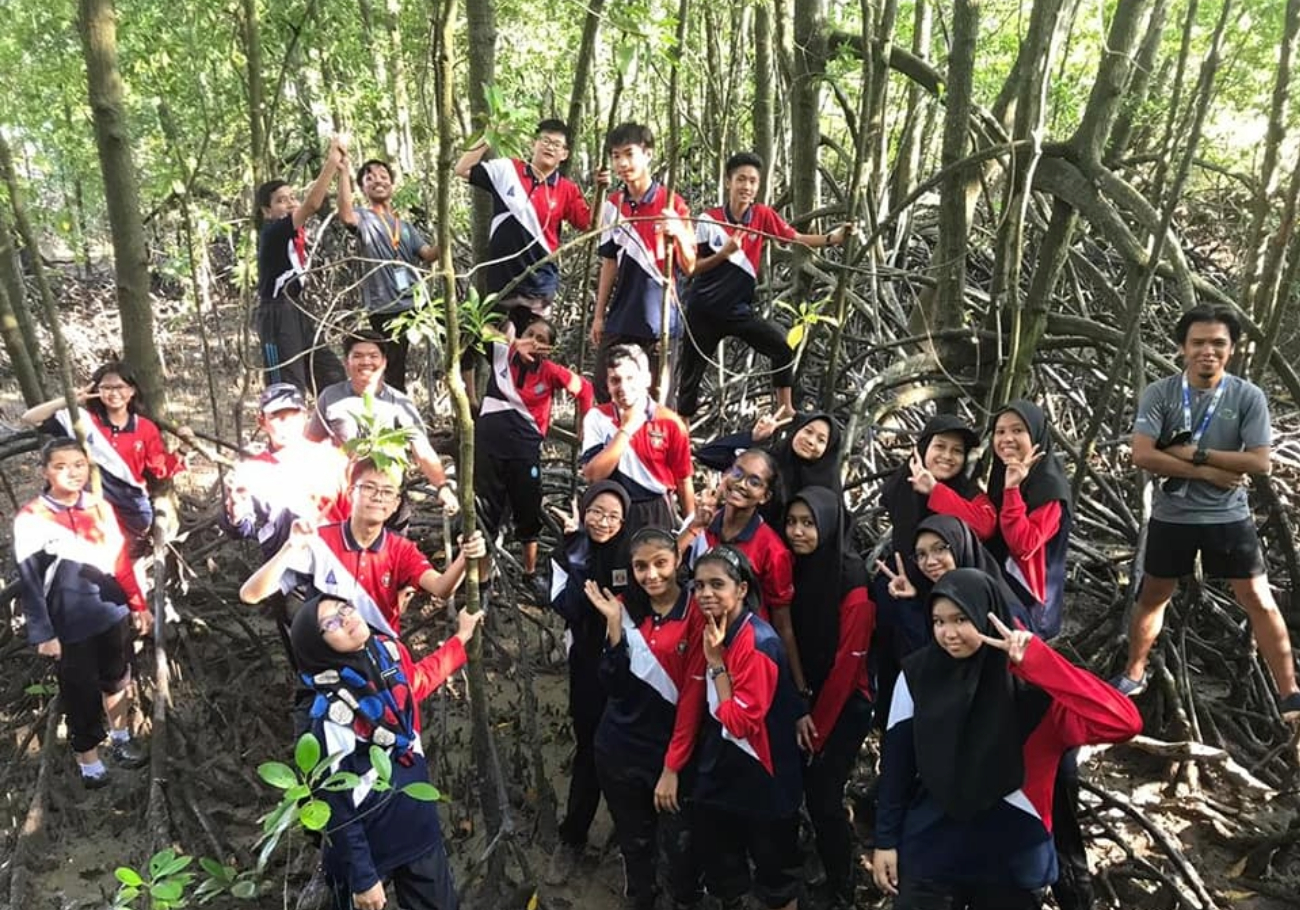
In the Mukim of Tanjung Kupang, a local club known as Kelab Alami Mukim Tanjung Kupang, or simply Kelab Alami, expresses deep concern for the well-being of the Straits of Johor.
Tanjung Kupang is a district on the West side of the Straits comprising nine villages whose original inhabitants were mainly families of coastal fishers.
Their notable neighbours are the Port of Tanjung Pelepas, industrial and logistics centres, and Forest City.
Straits of Johor: Cradle of life
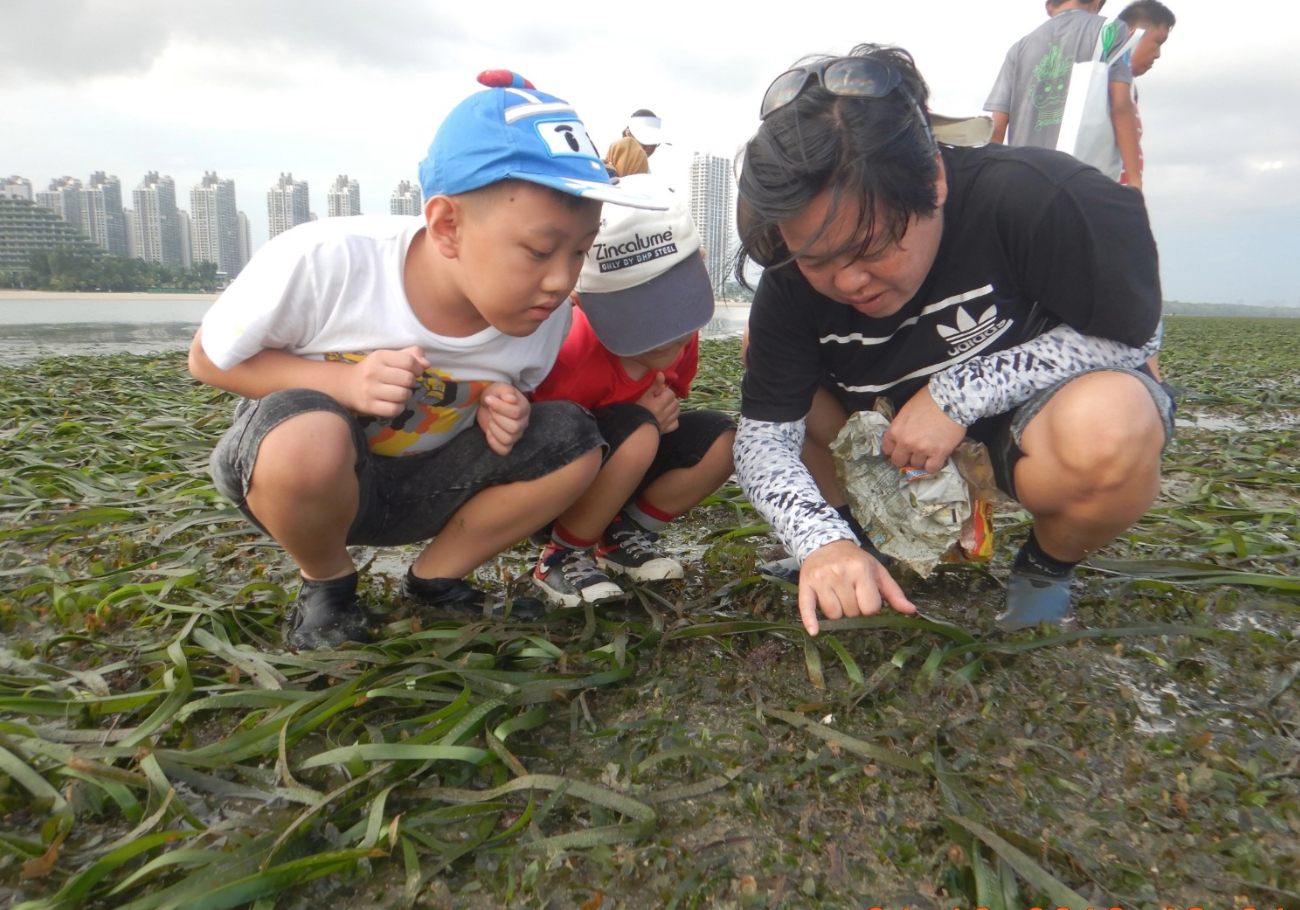
The straits, a cradle of life between Malaysia and Singapore, is a testament to the delicate balance nature meticulously crafts.
Precious seagrass once thrived in these waters with ancient mangroves and a kaleidoscope of marine life; it is a sanctuary for creatures big and small, from fishes of all kinds and sizes, prawns, crabs, graceful turtles, and elusive dugongs.
Once, dolphins were seen playing in these waters, and estuarine crocodiles and false gharials kept the balance just right. On the coastline, otters thrived to do their part in keeping the population of marine and animal life in check.
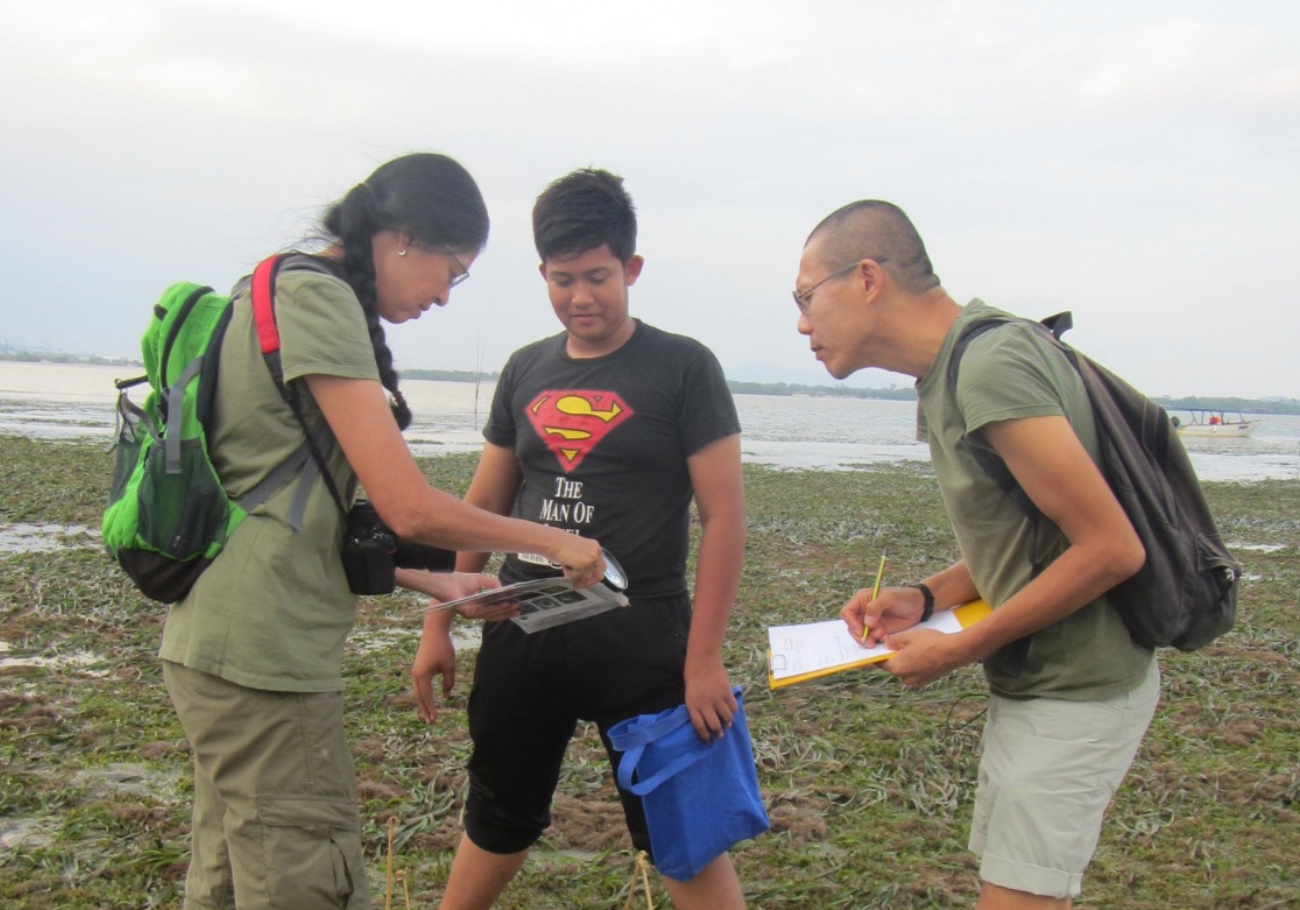
The Straits is approximately 50 kilometres long from end to end, 600 metres at its narrowest and 4.8 kilometres at its widest. It is a gem of biodiversity, threatened by pollution from the rivers that flow into it, coastal development, and climate change.
These have disrupted the delicate balance of life, affecting the marine creatures and the fisherfolk who have relied on it for generations to sustain their livelihoods.
Educating local children about the environment
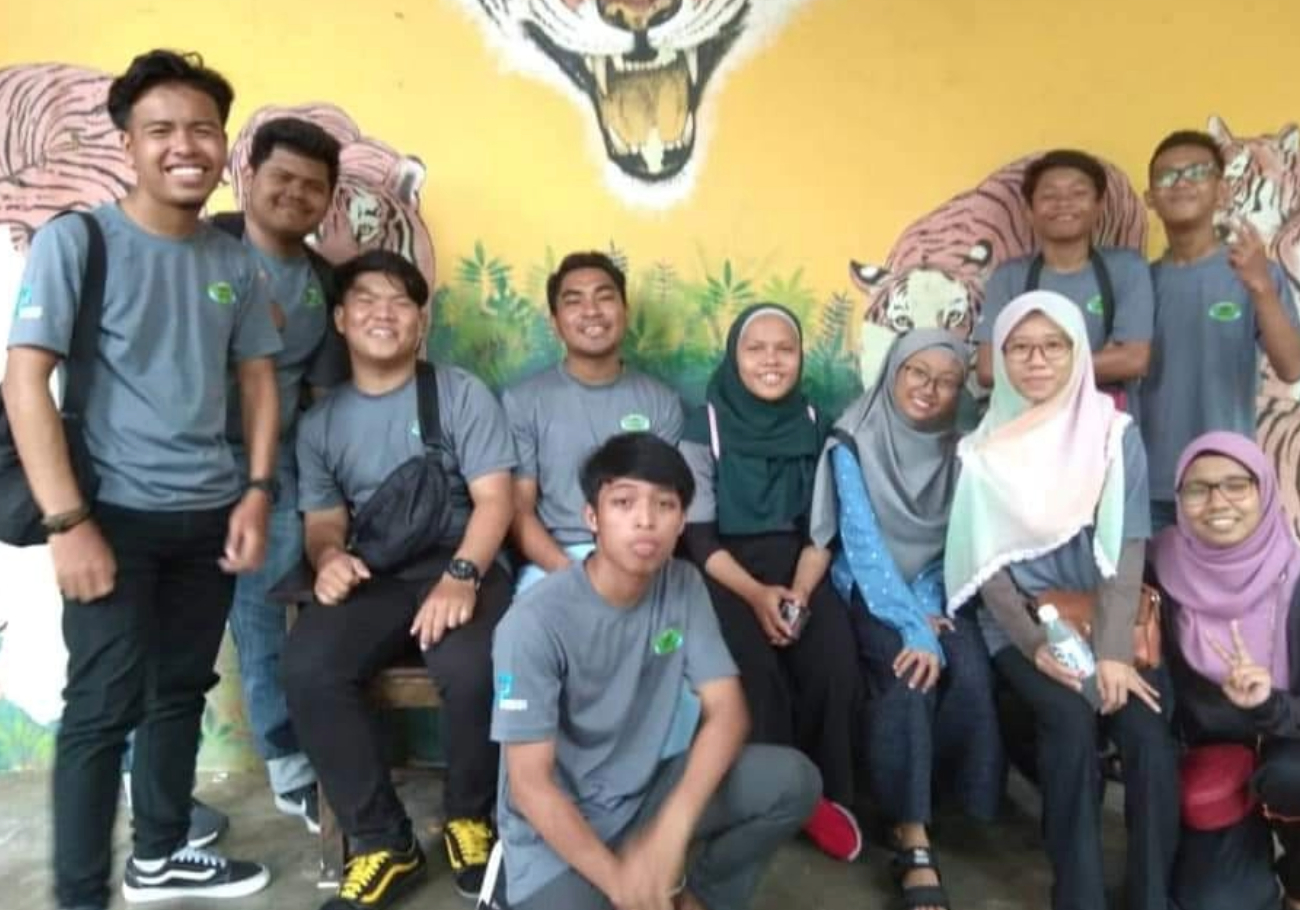
The journey started with the establishment of an environmental club in 2009 by Dr. Serina Rahman and Shalan Jum’at in Tanjung Kupang.
Originally named Kelab Pencinta Alam Tanjung Kupang, the club focused on educating local children about the environment, delving into topics such as seagrass, mangroves, and the diverse flora and fauna of the region.

Dr Serina Rahman is a conservation scientist and environmental anthropologist who first arrived at Mukim Tanjung Kupang in 2007 as a researcher and moved in a year later.
She is a lecturer at the Southeast Asian Studies Department of the National University of Singapore and an Associate Fellow of the ISEAS-Yusof Ishak Institute.
Shalan Jum’at is a ‘local boy’, the son of a fisherman, and he has a love for his community of coastal fishing families, many of whom are his relatives.

“The children we brought together were enthusiastic, and we hold weekly sessions at the old clubhouse.
“Indicative of their enthusiasm, they would come back after school to learn more and do gardening at the plot of land behind with ‘Abang Lan,’ their reference to Shalan, and do other projects with him around the villages.
“He wanted them to be knowledgeable and useful to the community,” Serina said.
The biodiversity of the straits
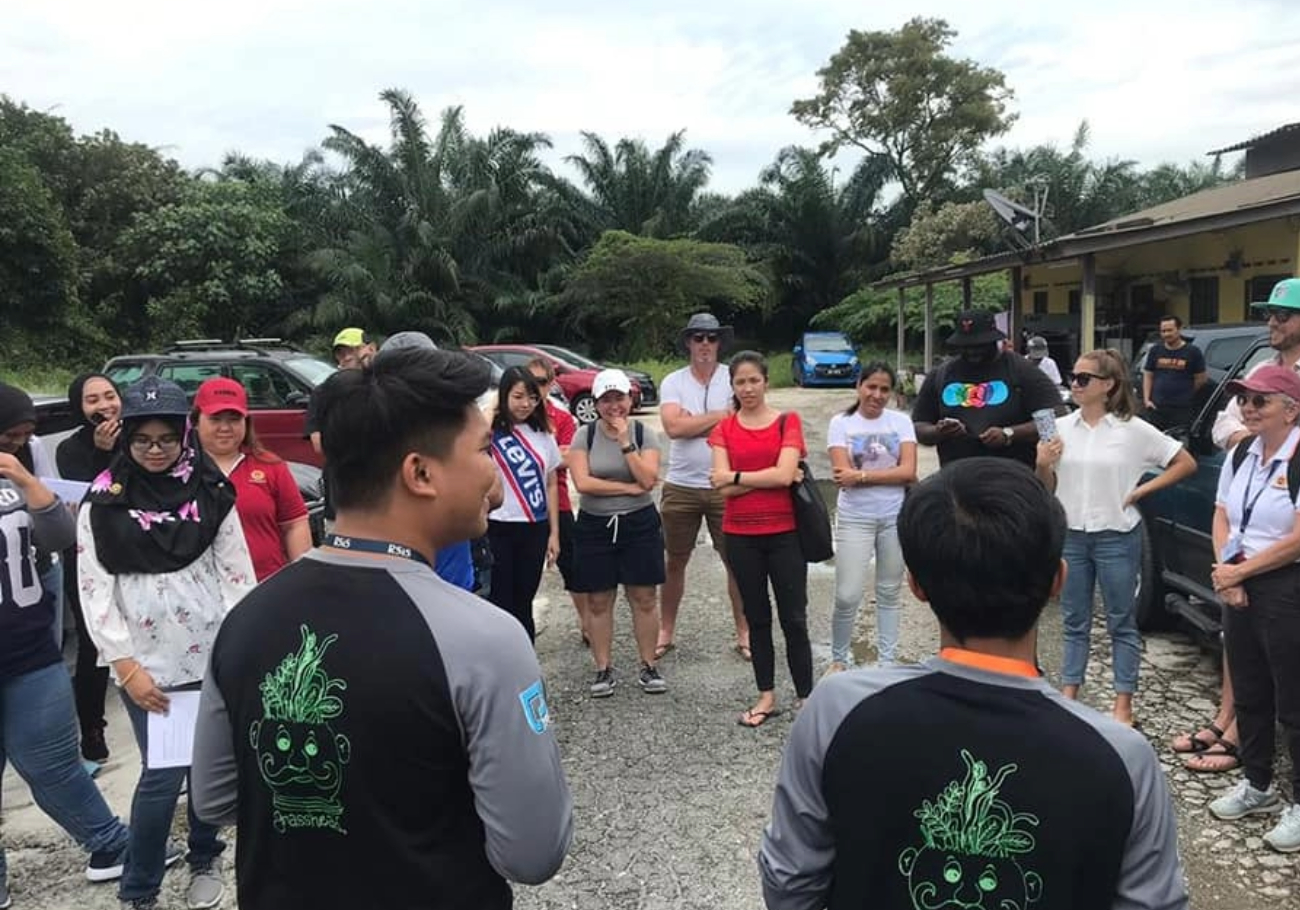
The children, enriched with profound local insights gained through their participation in Kelab Alami, had the opportunity to engage with scholars and researchers from both local and international universities and institutions.
These academics were dedicated to studying the biodiversity along the coastline, particularly in this section of the Straits, renowned for hosting the largest intertidal seagrass meadow in peninsular Malaysia.
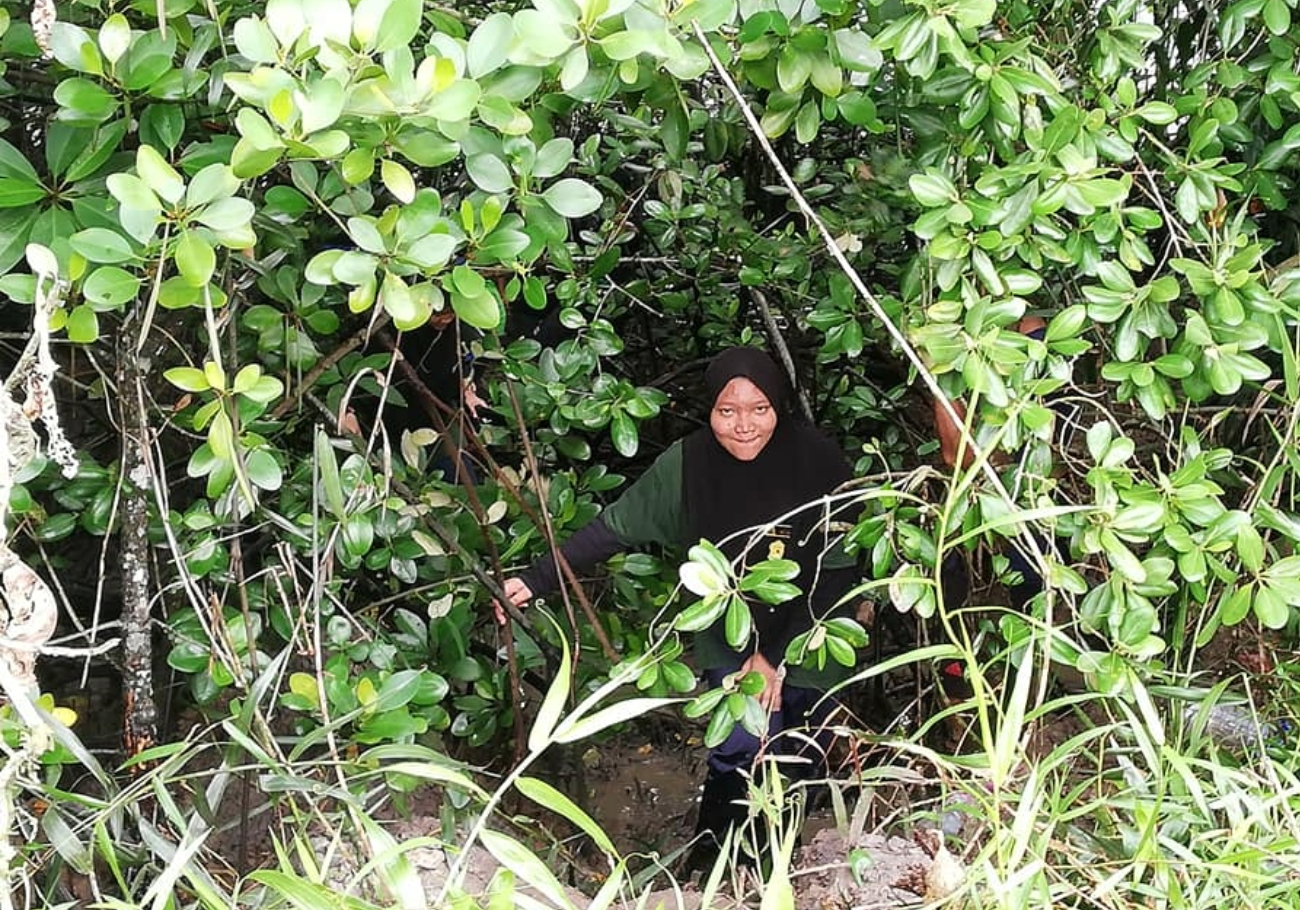
With Serina’s guidance, the children developed the skills to monitor and document the diverse ecosystems along the Tanjung Kupang coastline, from the mouth of the Pulai River to the mouth of the Pendas River.
They understood the importance of tidal flows and the rich tapestry of flora and fauna inhabiting this coastal stretch.
This impressed the academics and researchers who came to rely on Kelab Alami’s data.
Kelab Alami: Nurturing younger generation
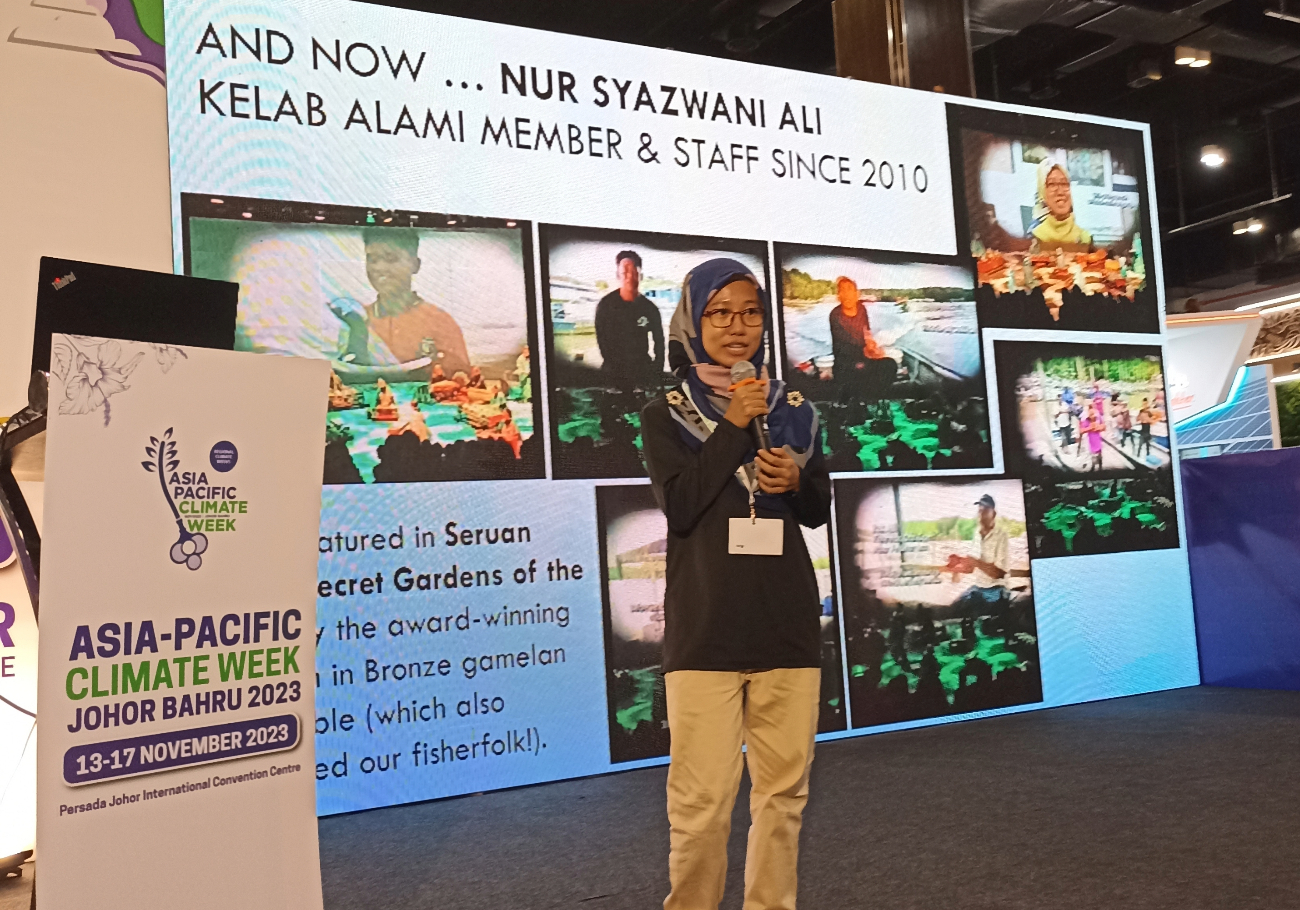
Nur Syazwani Ali, affectionately known as Wani and currently the manager of Kelab Alami, embodies the programme’s success.
Having joined at 11, Wani has since graduated with a Biology degree from Malaysia University in Terengganu. Remarkably, she’s now 24, married, and a proud parent.
Reflecting on the profound impact of being nurtured within Kelab Alami, Serina underscores that the encounter leaves enduring imprints on the participating children.
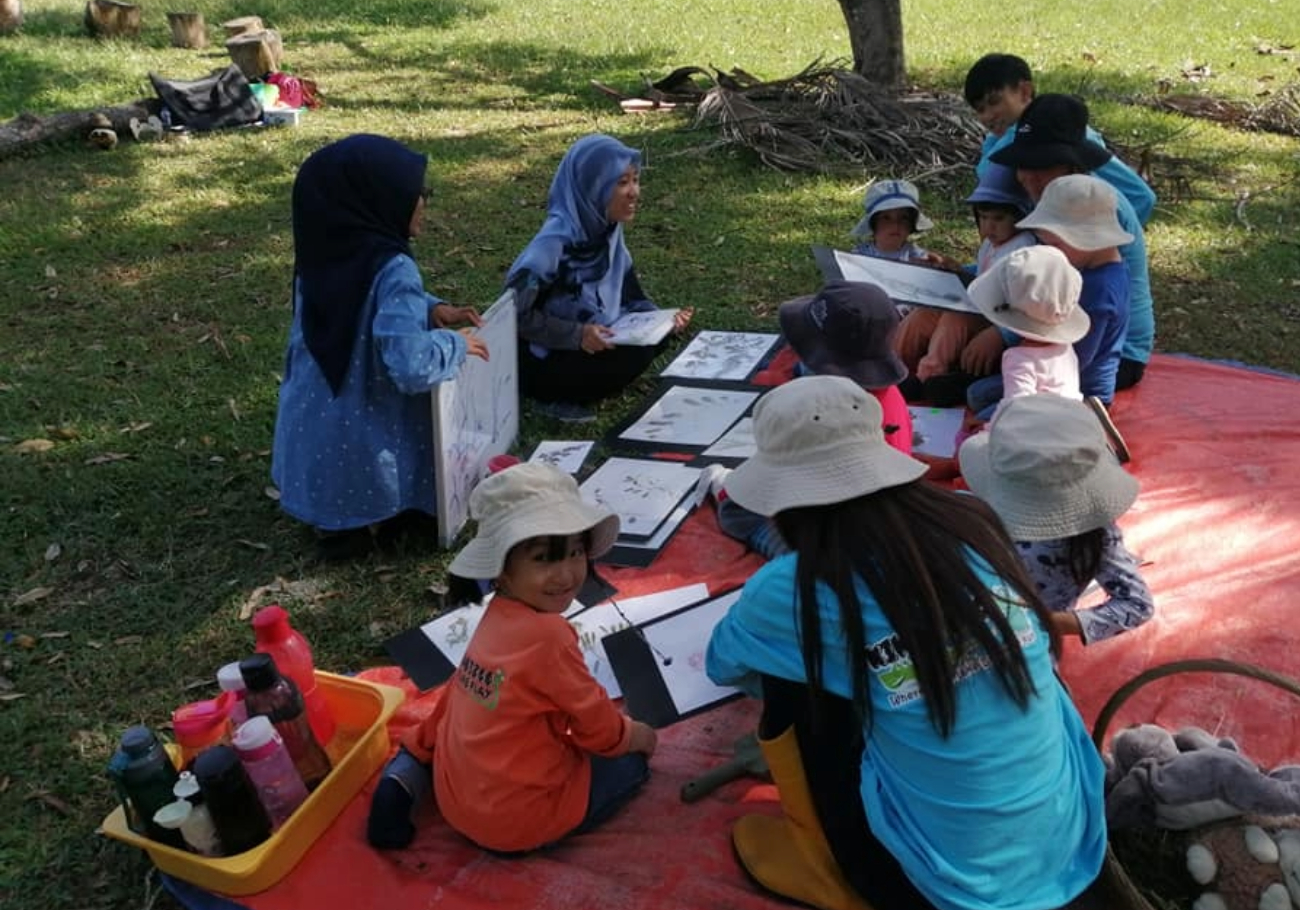
Regardless of whether they choose not to pursue academic paths similar to Wani’s, they depart with a profound comprehension of the biodiversity and ecology specific to their respective regions.
Kelab Alami stands as more than an environmental club; it is a conduit for profound experiences that shape the understanding of the natural world for the children involved.
Driven by a commitment to educating about the environment, the club fosters a connection to local ecosystems and biodiversity.
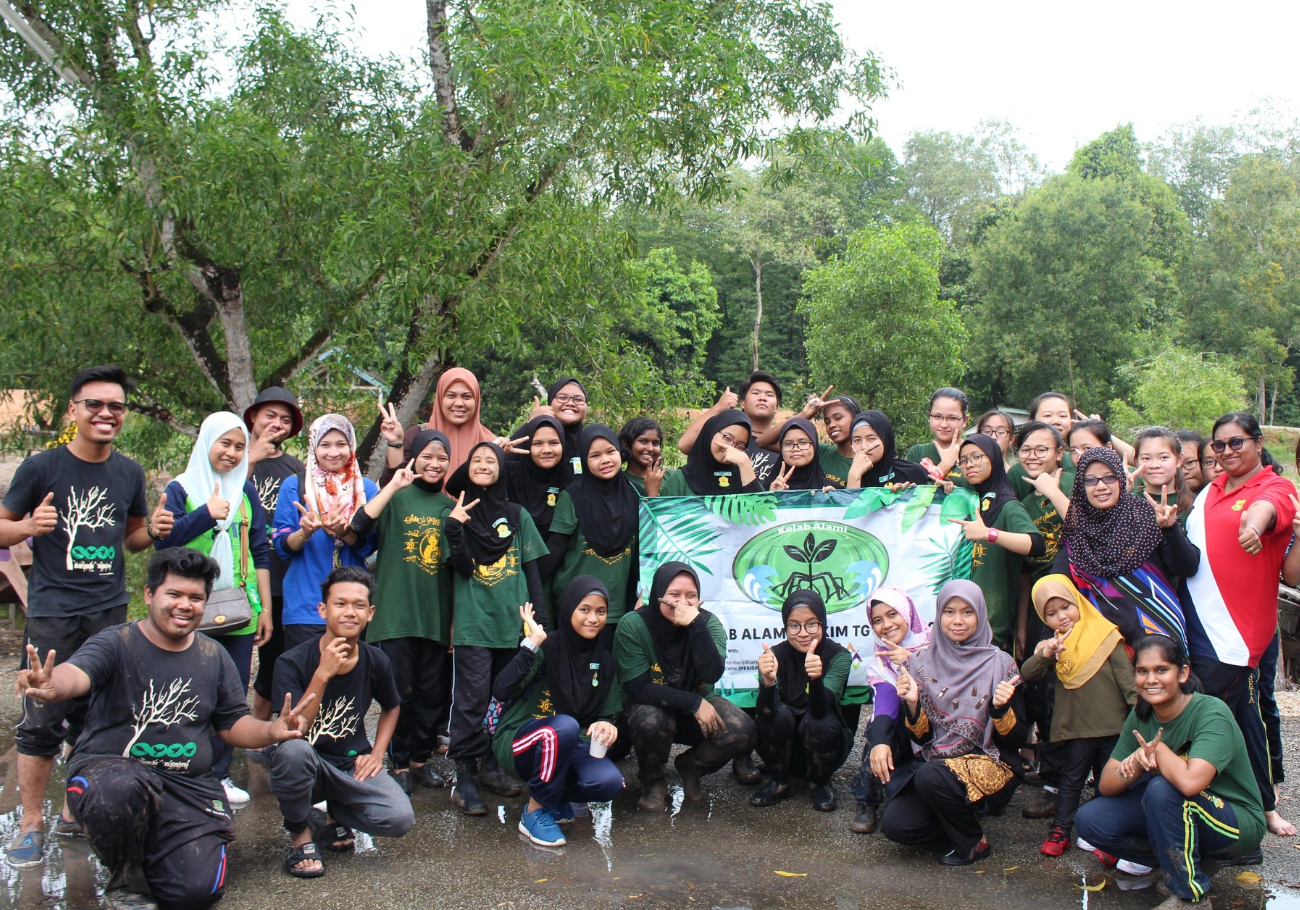
As Serina Rahman reflects on the enduring impact, it becomes evident that Kelab Alami not only imparts knowledge but instills a deep appreciation for the delicate balance of nature. W
In this way, Kelab Alami becomes a cornerstone for fostering environmental stewardship and cultivating a generation with a heightened sense of responsibility towards the natural world.
In the upcoming part, we will delve into how Kelab Alami leverages its extensive local knowledge to actively involve developers, corporations, and government agencies in addressing the environmental needs of the Tanjung Kupang area.
The article will explore how this dedicated environmental club becomes a catalyst for fostering sustainable practices and promoting a harmonious coexistence between development and environmental preservation in the straits of Johor.
Support Kelab Alami’s initiatives and youth environmental education programs through donations. Contribute via Sokong and make a positive impact. Click here for details on supporting Kelab Alami.
Citizen’s Journal proudly joins hands with Sokong.org as the official media partner. Sokong.org is the platform connecting individuals with diverse organizations supporting various causes. Together, we foster collective action to create impactful change. Interested in supporting non-profit organizations and making a difference? Click this link for more information on how you can participate and contribute to meaningful initiatives.



